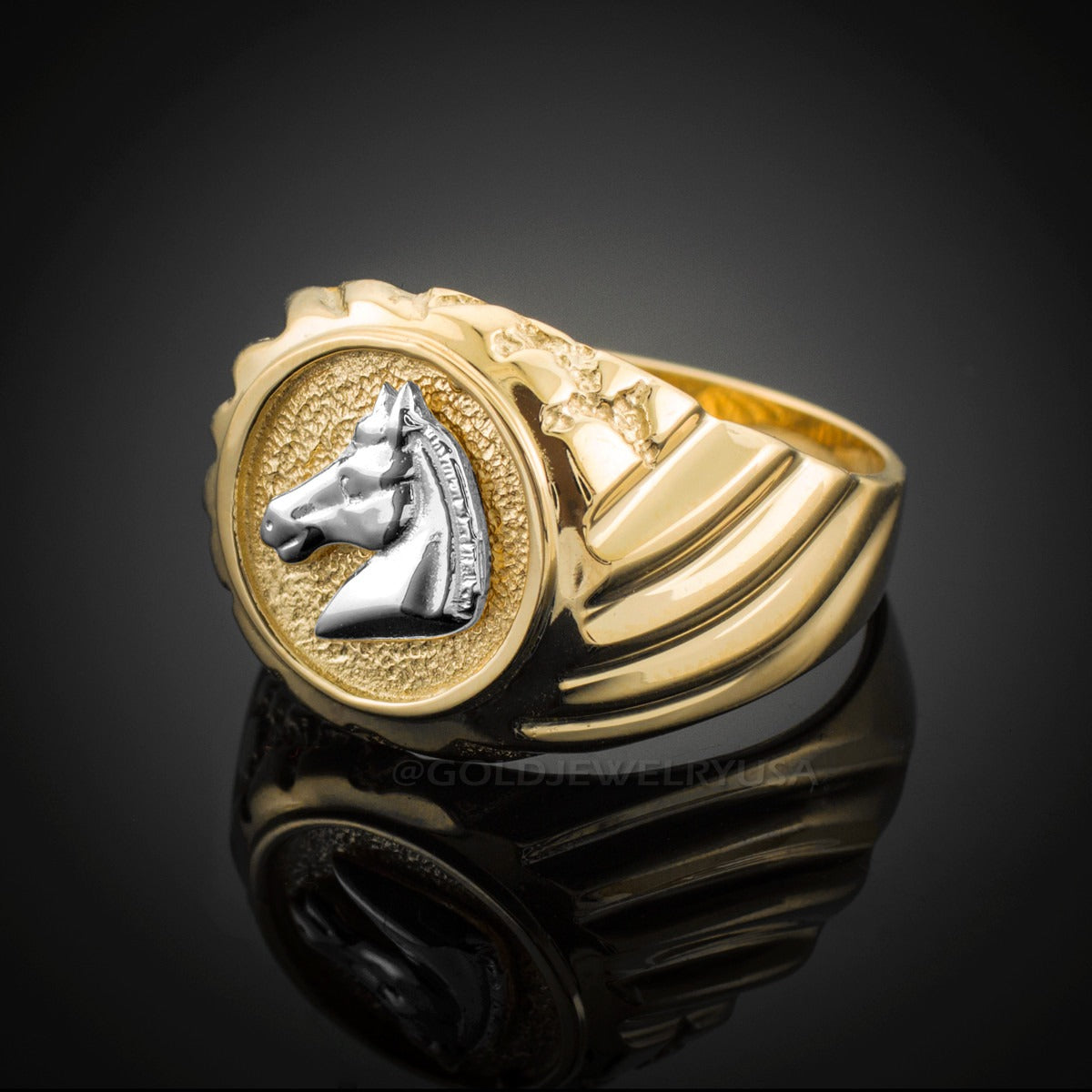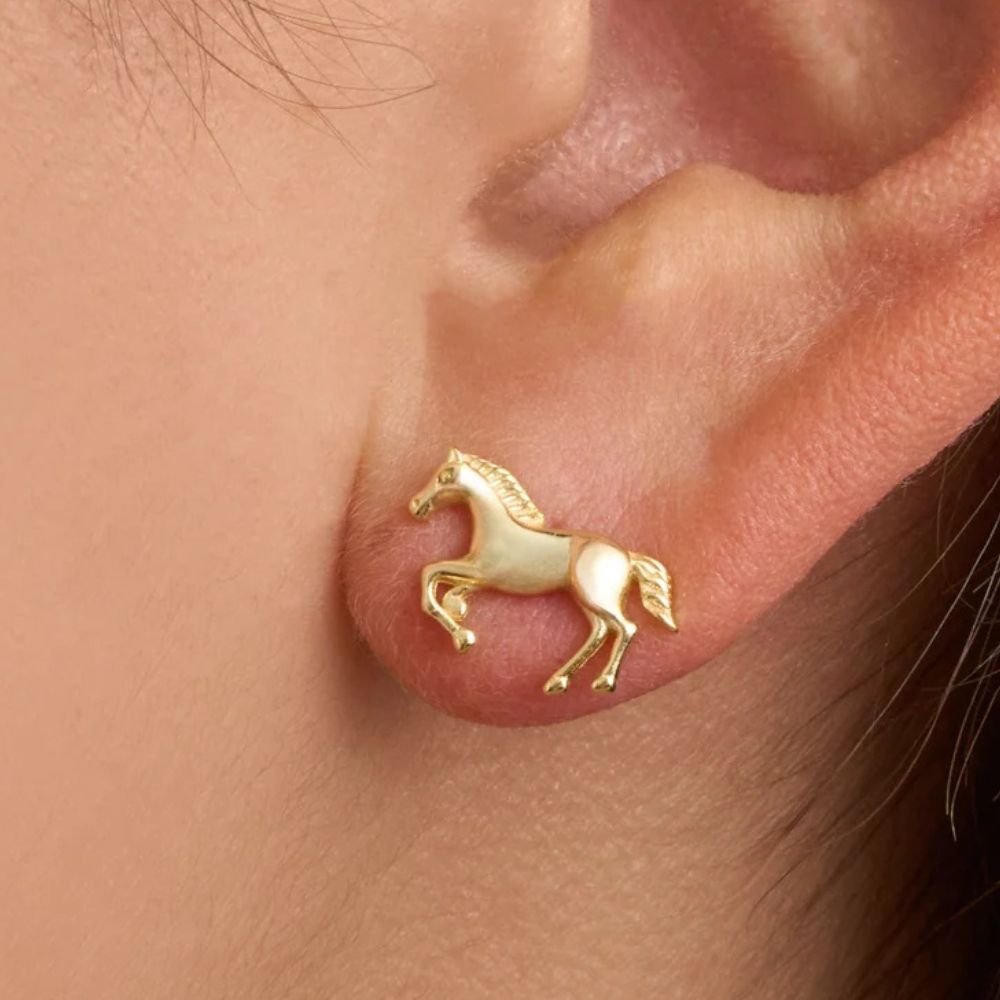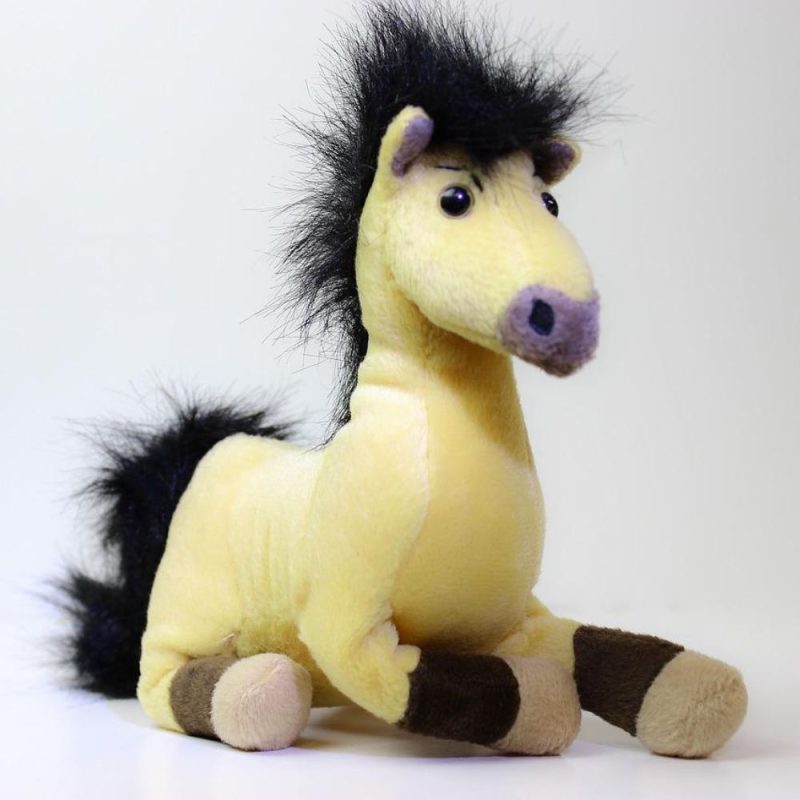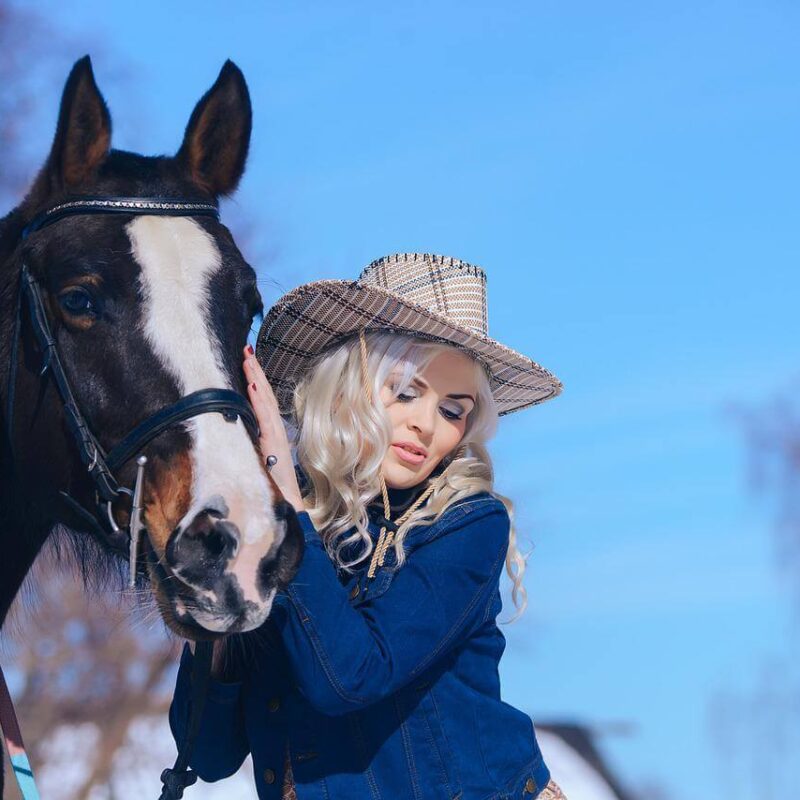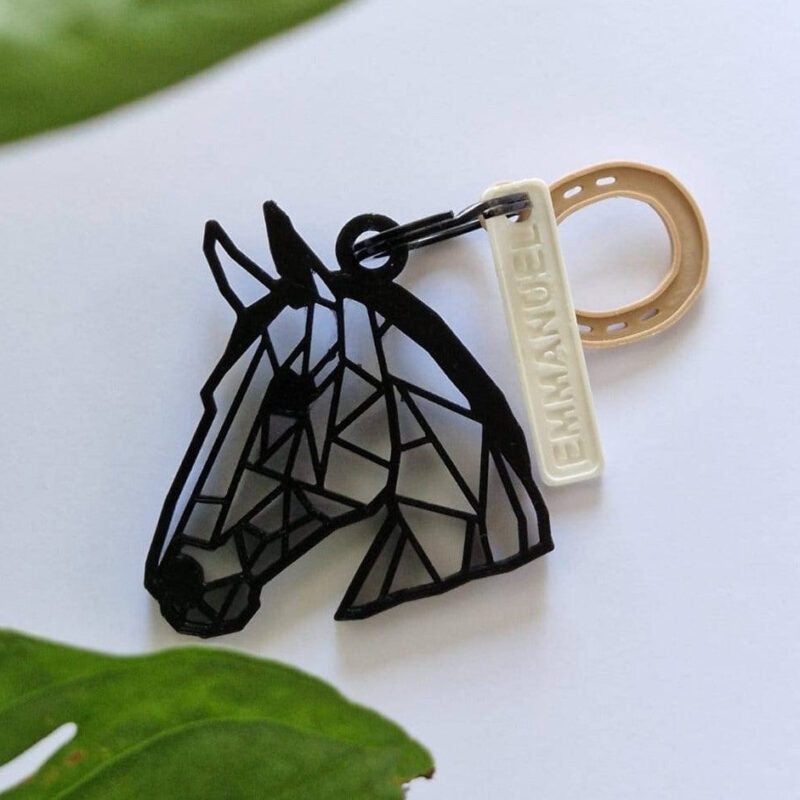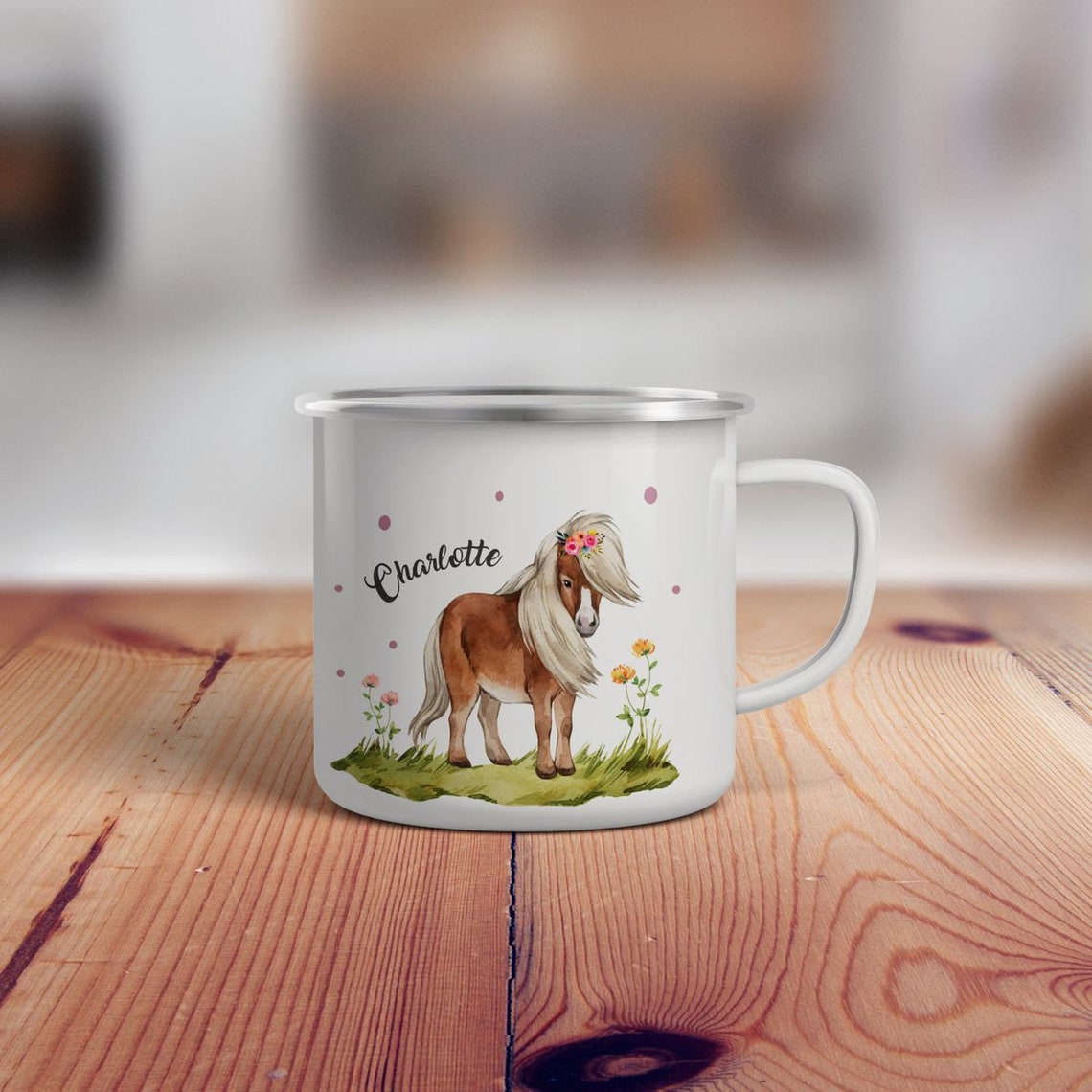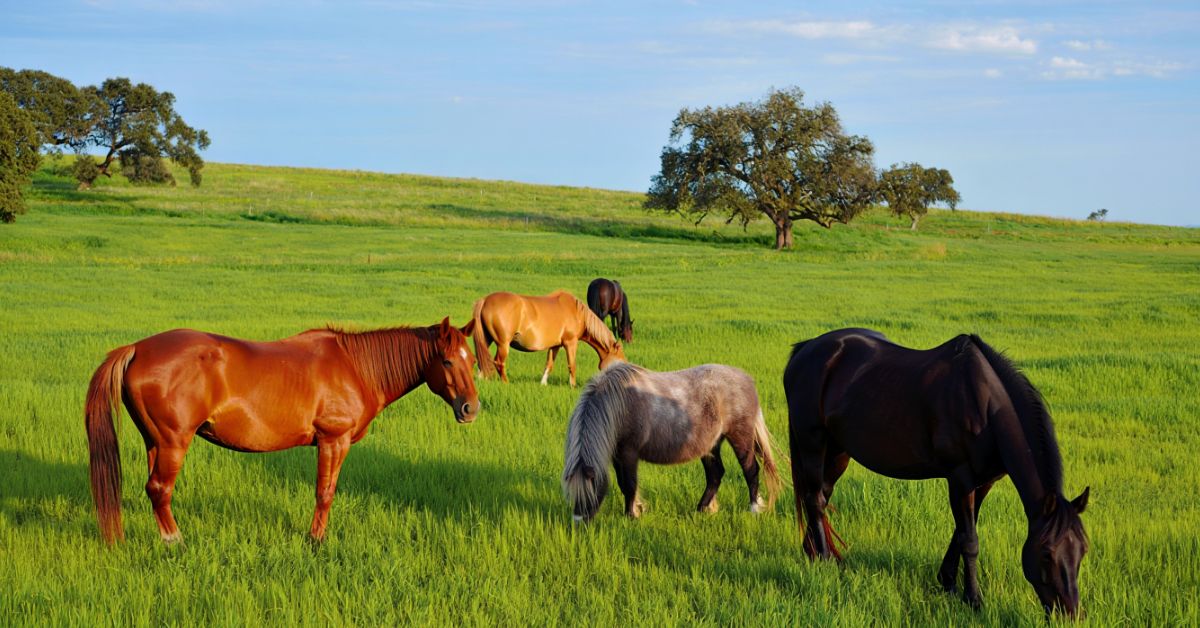
Is Fescue Hay Good for Horses? Understanding Safety, Nutrition & Alternatives
Alternatives and Better Hay Choices
Let's explore fescue hay alternatives that provide better nutrition without the risks. Choosing the right forage makes all the difference in your horse's health, performance, and longevity.
Premium Grass Hay Options
Safe hay options for horses include several excellent grass varieties:
Timothy Hay remains the gold standard for most horses. Higher palatability, good protein levels (8-10%), and excellent digestibility make it ideal for all life stages. The fescue hay pros and cons comparison shows timothy winning on safety, though costing 20-30% more.
Orchard Grass offers slightly higher protein than timothy with great palatability. Horses love it! The softer texture makes it perfect for seniors or horses with dental issues.
Bermuda Grass works wonderfully in southern climates. Lower in protein but high in fiber, it's excellent for easy keepers. The nutritional value of fescue hay is similar, but Bermuda carries none of the toxicity risks.
Meadow Hay (mixed grass hay) provides variety and balanced nutrition. Quality varies significantly, so testing is important, but endophyte issues are rare.
Legume Hay Considerations
Alfalfa offers high protein (15-20%) and calcium, making it perfect for growing horses, lactating mares, and hard-working athletes. However, it's too rich for easy keepers and can cause digestive upset if introduced too quickly.
Many successful feeding programs mix grass and legume hays. For example, 70% timothy with 30% alfalfa provides balanced nutrition for most horses in moderate work.
Making the Switch
Switching from fescue hay should happen gradually over 7-10 days to prevent digestive upset. Here's a sample transition schedule:
-
Days 1-2: 75% fescue, 25% new hay
-
Days 3-4: 50% fescue, 50% new hay
-
Days 5-6: 25% fescue, 75% new hay
-
Days 7+: 100% new hay
Monitor manure consistency and behavior throughout the transition. Loose manure or colic signs mean you're moving too fast.
Cost-Benefit Analysis
Yes, endophyte-free fescue hay or alternative grasses cost more upfront. But consider the math:
Infected fescue: $4-6 per bale Timothy hay: $7-10 per bale
Veterinary emergency visit: $200-500+ Treating fescue toxicity complications: $1,000-5,000+ Loss of performance/breeding: Priceless
The small daily investment in quality forage prevents enormous potential costs. As horseman Ray Hunt wisely said, "Think of how much you spend on tack, trailers, and training. Your horse's foundation is what you feed him."
Special Considerations for Different Horses
Fescue hay for performance horses is generally not recommended. Athletes need optimal nutrition, and even clean fescue's lower digestibility can impact performance. These horses deserve premium forage.
Fescue hay for ponies and easy keepers makes more sense IF the hay is endophyte-free and properly tested. The lower calorie content helps manage weight without reducing hay quantity, keeping your pony's digestive system healthy while preventing obesity.
Senior horses benefit from softer, more digestible hay. While clean fescue isn't necessarily dangerous, better options exist for aging equines with decreased digestive efficiency.
Growing Your Own
If you're considering planting fescue for fescue hay quality, several endophyte-free varieties are available. Max-Q and other novel endophyte varieties contain beneficial endophytes that help the plant without producing toxic alkaloids harmful to horses.
Work with your county extension agent to select appropriate varieties for your climate. Proper fescue hay analysis of homegrown hay is essential before feeding.
Understanding fescue grass biology helps you make better pasture management decisions. Rotating pastures, overseeding with safer species, and maintaining healthy soil reduces reliance on fescue over time.
Frequently Asked Questions on Fescue Hay for Horses
Is fescue hay good for horses with metabolic issues?
Endophyte-free fescue can work well for horses with metabolic issues due to its relatively low sugar content and reduced digestibility. However, you must test the hay for both NSC levels and endophyte presence. Never assume any fescue is safe for laminitic horses without proper analysis. Many owners successfully feed tested, clean fescue to insulin-resistant horses and those prone to founder, but individual testing and veterinary guidance are essential.
How can I tell if my horse has fescue toxicity?
Fescue toxicity symptoms in horses include rough coat, poor body condition despite adequate feed, heat intolerance, slow spring shedding, decreased performance, and in severe cases, fescue foot with swelling and lameness in extremities. Pregnant mares may show prolonged gestation, lack of udder development near foaling time, and agalactia. If you suspect toxicity, immediately switch to tested, clean hay and consult your veterinarian for supportive care.
Can I feed fescue hay to my pregnant mare?
Absolutely not if there's any chance of endophyte infection. The risks of fescue and pregnant mares exposure are too severe—prolonged gestation, difficult birth, thickened placenta, abortion, and complete milk production failure. Remove ALL fescue from pregnant mare diets at least 90-120 days before foaling. Even low levels of ergovaline can cause reproductive complications. This is one area where you simply cannot compromise.
What's the difference between endophyte-infected and endophyte-free fescue?
Endophyte-infected fescue contains a fungus (Epichloë coenophiala) that produces toxic alkaloids like ergovaline, which cause vasoconstriction and numerous health problems in horses. Endophyte-free fescue hay doesn't harbor this fungus and is safe for horses, though slightly less hardy for farmers to grow. Visually, they're identical—testing is the only way to know which you have. Novel endophyte varieties contain beneficial fungi without producing toxic alkaloids.
Is fescue hay cheaper than other types?
Yes, fescue hay for horses typically costs less than premium grass hays like timothy or orchard grass because it's easier to grow and more drought-resistant. However, the lower price reflects both lower palatability and potential health risks if endophyte-infected. When calculating true cost, factor in testing expenses, potential veterinary bills, and performance impacts. Sometimes "cheap" hay becomes very expensive.
What are the best alternatives to fescue hay?
Fescue hay alternatives include timothy hay (the gold standard), orchard grass, bermuda grass, meadow hay, and legumes like alfalfa or clover. Timothy offers excellent palatability and nutrition without toxicity risks. Orchard grass provides similar benefits with slightly higher protein. Bermuda works well in warm climates for easy keepers. Most horses thrive on these safe hay options for horses better than on fescue.
Can soaking fescue hay remove the toxins?
Unfortunately, no. Unlike sugar, which is water-soluble, ergovaline and other alkaloids in endophyte-infected fescue don't wash away with soaking. Detoxifying fescue hay isn't possible once baled. Some toxin breakdown occurs during the hay-making process from heat and UV exposure, but not enough to make infected hay safe. If testing reveals high endophyte levels, the only safe option is replacing it entirely.
When is the best time to cut fescue for hay?
The best time to harvest fescue hay is early spring, typically late April through May, before seed heads develop. Ergovaline concentration increases as fescue matures, so early cutting produces hay with lower toxin levels. First cutting generally has lower endophyte presence than later cuttings. However, even early-cut hay should be tested because growing conditions affect alkaloid levels significantly.
Is grazing fescue pasture safer than feeding fescue hay?
No, actually the opposite is true. Fresh, growing fescue contains higher concentrations of ergovaline than cured hay because some alkaloid breakdown occurs during the hay-making process. Fescue grazing vs. hay presents greater risks, especially during active growth periods. If your pastures contain endophyte-infected fescue, consider overseeding with safer grasses and limiting grazing time, particularly for pregnant mares and young horses.
How long does it take to see improvement after switching from infected fescue?
Most horses show improvement within 2-4 weeks of switching from fescue hay to clean alternatives. Coat quality, body condition, and behavior typically improve first. Circulation issues like fescue foot may take longer to resolve, potentially several months depending on severity. Pregnant mares removed from infected fescue at least 90 days before foaling usually deliver healthy foals with normal milk production, assuming no permanent damage occurred.









